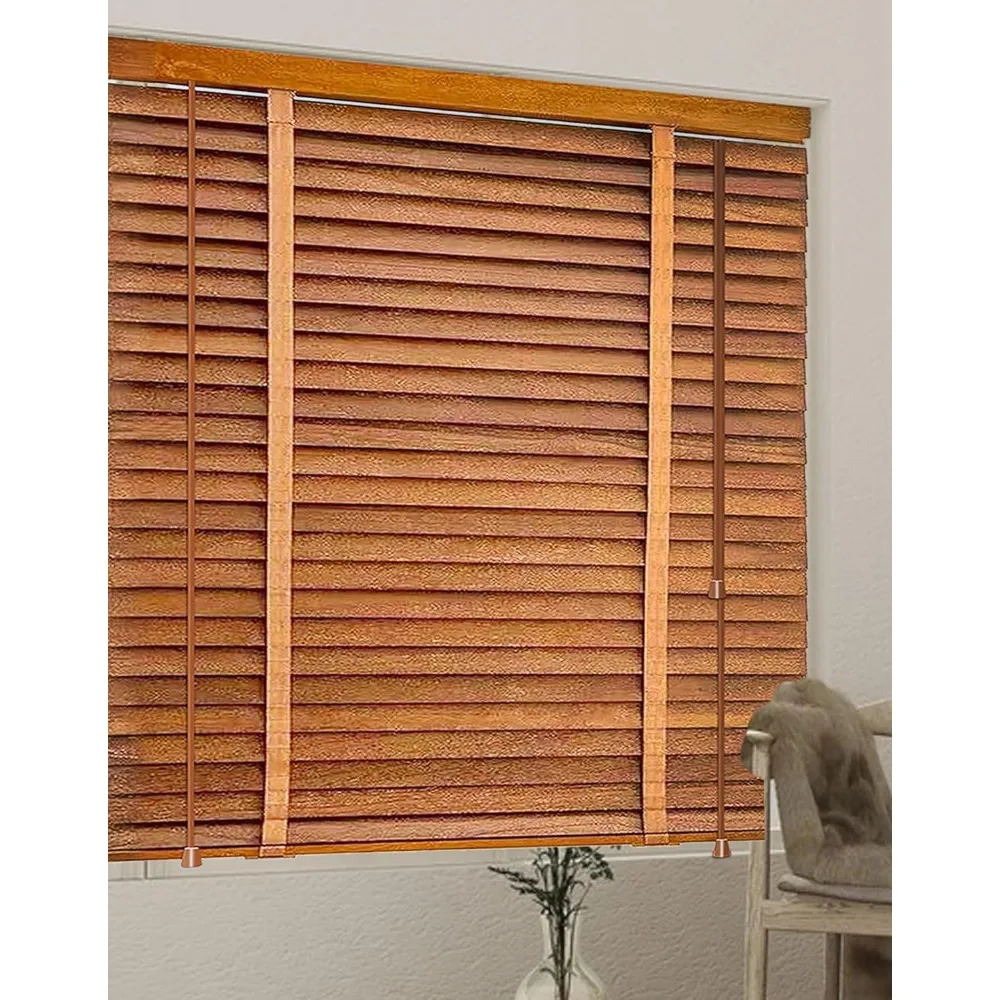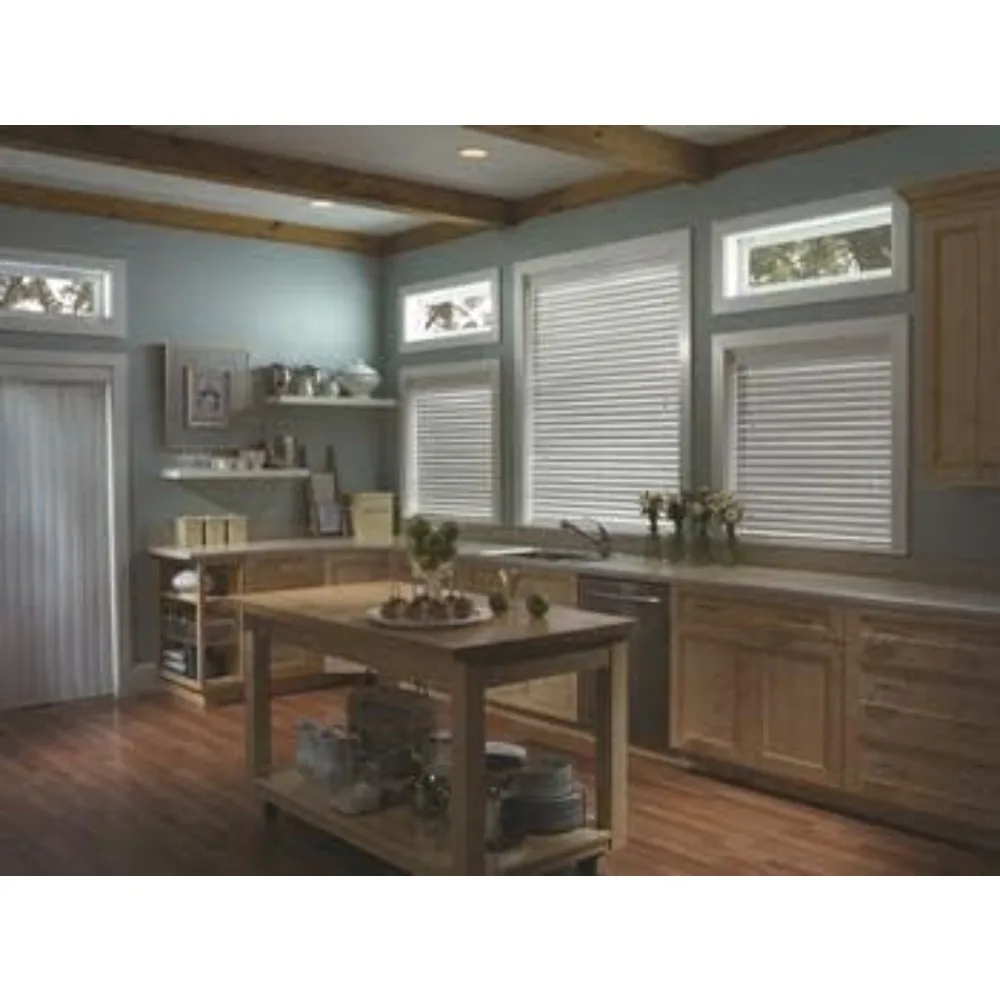Cleaning wood blinds can often feel like a daunting task, but with the right techniques and tips, you can keep your window treatments looking beautiful and functioning well. Wood blinds not only add a touch of elegance to your home but also provide excellent light control and privacy. However, they can accumulate dust, grime, and stains over time, making regular maintenance essential. In this ultimate guide, we will explore effective ways to clean wood blinds, offering you tips that will make the process efficient and hassle-free.
Understanding the Structure of Wood Blinds
Before diving into cleaning techniques, it’s crucial to understand the structure of wood blinds. Unlike other types of window coverings, wood blinds are made from solid wood slats that are both sturdy and aesthetically pleasing. The slats are typically coated with a protective finish, allowing them to resist moisture to some extent. This finish can be sensitive to certain cleaning solutions, which may damage the wood. Knowing the components of your blinds—including the slats, ladder strings, and headrail—can help you determine which cleaning methods are suitable for your specific type of blinds. Gentle cleaning is key, as harsh chemicals can strip away the finish or warp the wood. Familiarizing yourself with this structure will guide your cleaning habits and help extend the life of your wooden blinds.

Tools and Supplies You’ll Need
To clean your wood blinds effectively, having the right tools and supplies is essential. A microfiber cloth should be your go-to choice, as it is gentle on the wood and effective at attracting dust without scratching the surface. For deeper cleaning, a vacuum cleaner with a brush attachment can help remove stubborn dust that has settled on the slats. Additionally, having a soft-bristle brush or a paintbrush on hand can assist in getting into the nooks and crannies where dust likes to hide. If your blinds require a deeper clean, consider using a mild soap diluted in water, as well as a bucket and a sponge. Avoid vinegar and ammonia-based cleaners, as they can harm the wood finish. Having these tools on hand means you can tackle your wood blinds cleaning quickly and efficiently, without looking for supplies mid-process.
Regular Maintenance: Dusting Your Blinds
Regular maintenance is key to keeping your wood blinds looking their best. Dust can easily accumulate, so incorporating a dusting routine will prevent the buildup that can affect both appearance and functionality. Aim to dust your blinds at least once a week using a microfiber cloth or a vacuum cleaner with a brush attachment. To dust effectively, close the blinds completely and wipe each slat from top to bottom. This ensures that dust doesn’t settle into the grooves. You can also rotate the blinds to dust both sides of the slats. Once every month or so, consider using a soft-bristle brush or a paintbrush to sweep away any remaining dust. Regular maintenance not only keeps your blinds looking clean but also minimizes the need for deep cleaning, which can be more labor-intensive.
Spot Cleaning Stains and Marks
Despite your best efforts at regular maintenance, stains and marks can occur on wood blinds. Whether it’s a spilled drink, fingerprints, or even pet-related stains, a gentle approach is necessary for effective spot cleaning. For minor stains, start by dampening a microfiber cloth with a mixture of warm water and a few drops of mild soap. Gently wipe the affected area, taking care to avoid saturating the wood, which can lead to warping. For tougher stains, consider a dedicated wood cleaner specifically designed for use on treated wood surfaces. Always test any cleaning solution on a small, inconspicuous area first to ensure it doesn’t harm the finish. If a stain proves particularly stubborn, you can gently rub it with fine-grit sandpaper, but take careful precautions to avoid damaging the surrounding areas. Spot cleaning stains promptly will help maintain the integrity and beauty of your wood blinds.

Deep Cleaning Your Wood Blinds
Every few months, deeper cleaning of your wood blinds may be necessary, especially if you’ve got pets, children, or allergies. To deep clean, start by gently removing dust as outlined in previous sections. After dusting, prepare a mild cleaning solution using warm water and a few drops of dish soap. Use a soft sponge to lightly dampen the slats and wipe down both sides. Avoid soaking, as excess water can warp the wood. Pay extra attention to the cords and headrail, which often accumulate dust and grime. For any remaining spots, a soft scrub brush can help. Once finished, dry each slat with a clean, dry microfiber cloth to prevent moisture damage. If you’re uncertain about tackling this on your own, consider hiring professional cleaners who specialize in wood products, ensuring that your blinds are treated with care.
Protecting Your Wood Blinds from Future Damage
Once you’ve cleaned your wood blinds, protecting them from future damage is a wise next step. Sunlight can fade and harm the finish over time, making it essential to use window treatments strategically. Consider installing sheer curtains or film on windows to filter the light. Additionally, humidity can be detrimental to wood, so placing a dehumidifier in rooms that tend to be damp can help preserve your blinds. Regularly applying a wood conditioner or polish can also maintain the finish and protect the wood from damage. Always read the product labels carefully to ensure they are safe for use on painted or stained wood surfaces. By taking preventive steps, you can ensure your wood blinds remain in excellent condition while beautifully enhancing your interior space.
When to Replace Your Wood Blinds
Even with the best care, the time may eventually come when you need to consider replacing your wood blinds. Signs that it might be time for a change include visible wear and tear, such as fraying cords or cracked slats. If the mechanism for opening and closing the blinds has become faulty or if the finish has become dull despite cleaning, it may also be time to invest in new blinds. While regular cleaning and maintenance can certainly extend their lifespan, nothing lasts forever. If you opt to replace them, consider additional features like energy efficiency and child safety when making your selection. Investing in high-quality replacements will improve the look and efficiency of your windows, and it can also contribute to the overall comfort of your home environment.

Eco-Friendly Cleaning Solutions for Wood Blinds
For those conscious of their ecological footprint, exploring eco-friendly cleaning solutions is a commendable choice. Many commercially available wood cleaners are formulated with natural ingredients that are safe for the environment. Alternatively, you can make your own cleaning solution using vinegar and vegetable oil in a 1:1 ratio. Apply a small amount of this mixture onto a microfiber cloth to wipe down the blinds, which will not only clean but also condition the wood. Whichever option you choose, remember to avoid chemicals that may emit volatile organic compounds (VOCs), which can be harmful to both indoor air quality and the environment. Embracing eco-friendly cleaning options not only benefits your home but also supports a sustainable lifestyle.
Conclusion: Mastering the Art of Cleaning Wood Blinds
Cleaning wood blinds needn’t be a tiresome chore. Armed with the right tools, techniques, and a little bit of know-how, you can maintain the beauty and functionality of your wood blinds for years to come. From understanding their structure and conducting regular dusting to using specific spot-cleaning techniques, knowledge is your best ally. Deep cleaning every few months, taking preventive measures, and being mindful of eco-friendly cleaning solutions are just a few of the strategies that will keep your wood blinds looking pristine. By following the guidelines in this ultimate guide to cleaning wood blinds, you’ll not only enjoy beautifully maintained window treatments but also contribute to a comfortable and inviting home environment.
Investing time and effort into maintaining your wood blinds will reward you with their aesthetic appeal, functionality, and longevity. Make cleaning them a regular part of your home maintenance routine, and you’ll find that the process becomes less of a chore and more of an easy task that fits seamlessly into your life. Happy cleaning!








